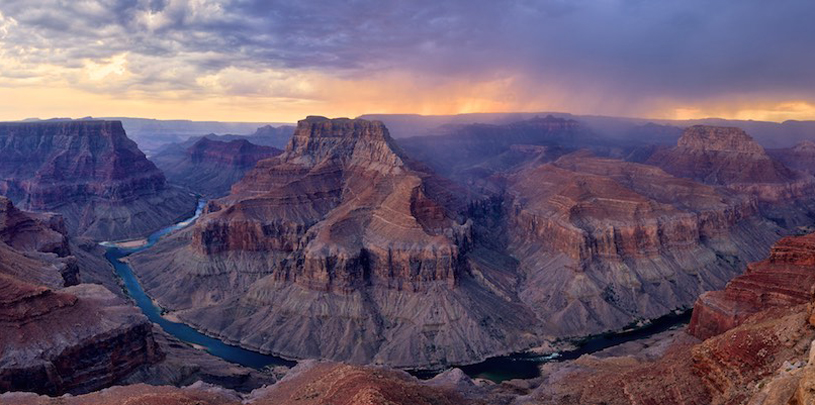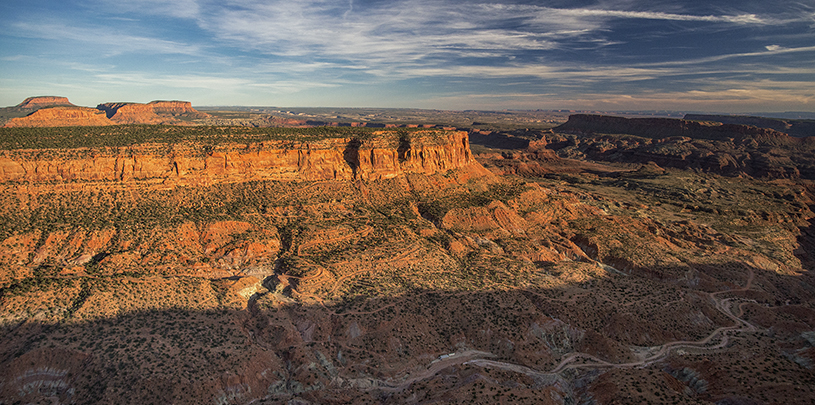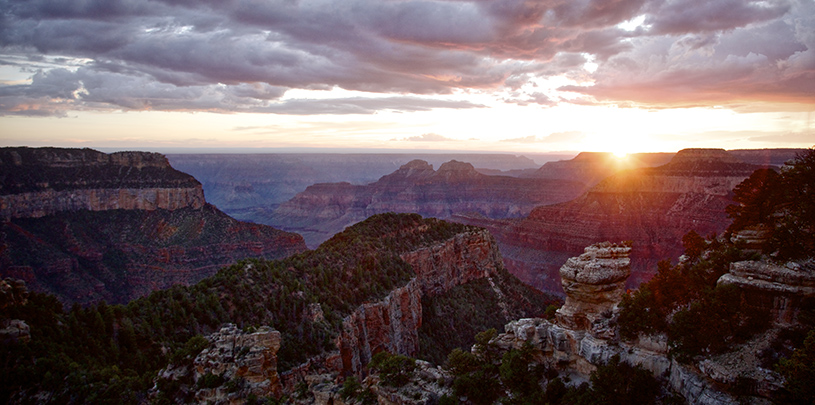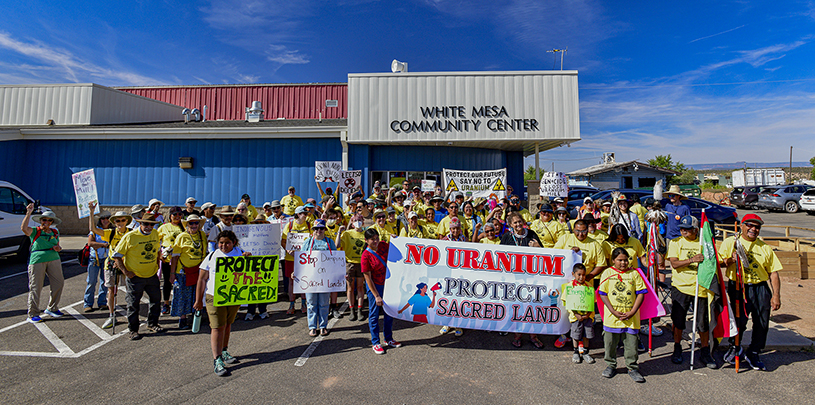The Arizona Republic
Published September 2, 2105
Uranium mines leave too many problems to solve climate change
Two county supervisors contend that uranium mining around Grand Canyon has left “sites in safe and sound condition” (“How Arizona uranium mining can battle climate change,” Aug. 31 Our Turn).
Since these elected officials are committed to protecting “the health and well-being of our citizens who live closest to these uranium deposits,” they should check their facts with the U.S. Geological Survey (USGS) and ask Hualapai, Havasupai, and other regional leaders about their solution to curbing carbon emissions.
USGS found that 15 springs and 5 wells contained dissolved uranium concentrations in excess of EPA drinking water standards, contamination "related to mining processes." At a mine on the canyon’s rim, USGS documented that “waste rock, uranium ore, pond sludge, and local wind-and-water-dispersed fine particles (all of which contained high concentrations of uranium…) were exposed to the ambient environment for about 20 years at the partially mined site.”
Those of us who live near these mines disagree that more uranium mining around Grand Canyon offers “an almost perfect solution for our electricity-hungry nation,” much less an answer to global climate change.
– Roger Clark, Flagstaff




